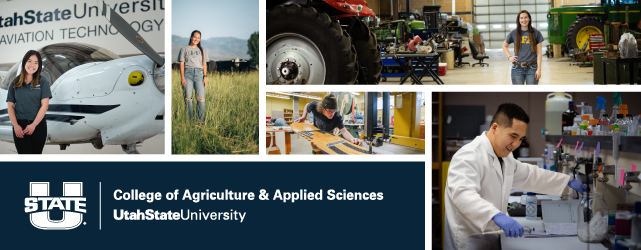Document Type
Other
Publication Date
8-2011
Abstract
Daybreak is a 4,127-acre model mixed-use community for comprehensive sustainable design. The project was planned on surplus mining land and will accommodate over 20,000 residential units, approximately 9.1 million sf of commercial space, and 20,000 jobs at build-out. The extensive parks and open space integrates stormwater management, merges with natural systems, and is enlivened by social and recreational programming. The full range of sustainable features includes walkable streets, an extensive trail system, native and drought-tolerant plants, habitat conservation, recycled materials, and a vibrant mix of amenities and services. Landscape Performance Benefits • Retains 100% of storm water that falls on the site for up to a 100-year storm with no impacts on or connections to the municipal storm sewer system. • Saves approximately 1.5 million gallons of potable water each year by using an innovative drip irrigation design. Projected annual savings at build-out are 18.7 million gallons, saving approximately $54,000 annually. • Promotes species diversity with nearly 2.5 times the national average for comparable wetland bird populations present in man-made Oquirrh Lake and the surrounding wetlands. • Reduces auto trips with 88% of neighborhood students currently walking or riding bikes to school. This is expected to reduce auto trips by 2.3 million miles a year at build-out, saving 102,00 gallons of fuel and reducing carbon emissions by 950 tons annually. • Reduced carbon footprint by 9,110 tons, saved 23,000 gallons of fuel and saved over $1.6 million in concrete and transportation costs by reusing materials onsite and recycling construction waste.
Recommended Citation
Yang, Bo and Goodwin, Amanda, "Daybreak Community Landscape Performance Benefits Assessment" (2011). Landscape Architecture and Environmental Planning Faculty Publications. Paper 137.
https://digitalcommons.usu.edu/laep_facpub/137


